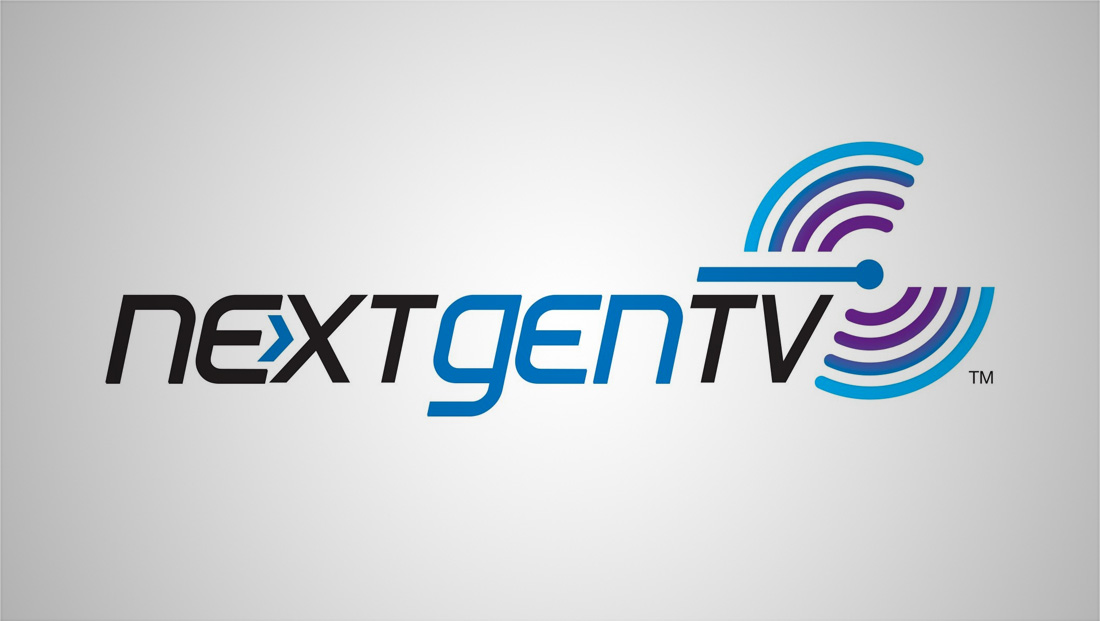Pearl TV visits FCC in push for ATSC 3.0 transition timeline

Subscribe to NCS for the latest news, project case studies and product announcements in broadcast technology, creative design and engineering delivered to your inbox.
The broadcast industry is pressing federal regulators to establish a clear timeline for completing the ATSC 3.0 transition, with major broadcast groups warning that continued uncertainty is hampering device manufacturing and consumer adoption.
In an August 25 meeting with Federal Communications Commission staff, representatives from Pearl TV and the ATSC 3.0 Security Authority (A3SA) emphasized that manufacturers across the broadcast ecosystem are waiting for regulatory certainty before committing to full-scale production of NextGen TV devices.
“All parts of the broadcast ecosystem – from CE manufacturers to developers of converter boxes to retailers and smaller market broadcasters – are waiting for a signal from the FCC that there is a plan to bring the transition to ATSC 3.0 to an end,” stated Gerard Waldron of Covington and Burling, counsel for Pearl TV, in a filing with the commission.
The meeting, conducted via videoconference with Media Bureau staff, included Anne Schelle, managing director of Pearl TV, Joe St. Jean, managing director of A3SA and Rob Folliard of Gray Media, who serves as Pearl’s board chair.
Pearl TV represents major broadcast groups including Cox Media Group, Graham Media Group, Gray Media, Hearst Television, E.W. Scripps Company, Sinclair and Tegna. The coalition has been working to commercialize NextGen TV services while advocating for regulatory frameworks to support the technology’s deployment.
A3SA has licensed its content security system across six TV manufacturers and several set-top box manufacturers, resulting in over 15 million receivers currently in the market, according to the filing. The organization provides content protection infrastructure, establishes compliance rules and facilitates interoperability between broadcasters and devices.
St. Jean explained that A3SA developed the first ATSC 3.0 content protection system using public key infrastructure technology, enabling content delivery to both connected and unconnected devices. The system supports emergency alerts even when internet connectivity is lost, addressing a key public safety requirement.
The industry representatives specifically urged the FCC to advance a Notice of Proposed Rulemaking incorporating proposals from the National Association of Broadcasters’ rulemaking petition. They argued that gateway solutions and conversion devices remain underdeveloped due to manufacturers’ reluctance to invest without knowing when the transition period will conclude.
“The main challenge facing these companies is the uncertainty as to when the transition will end which necessarily holds back their commitment to develop and manufacture dongles and similar conversion devices,” the filing stated.
Meanwhile, ATSC itself has been educating commissioners about the technical capabilities of the 3.0 standard.
In an August 12 presentation to Commissioner Olivia Trusty, ATSC President Madeleine Noland and Board Chairman John Taylor outlined the standard’s advantages over legacy broadcasting systems.
The presentation emphasized ATSC 3.0’s use of orthogonal frequency-division multiplexing, which provides better interference resistance than the single-carrier approach used in ATSC 1.0. The technology enables broadcasters to offer services ranging from standard definition to 4K HDR content within the same channel, while supporting both fixed and mobile reception.
ATSC noted that backward-compatible systems like ATSC 2.0 have proven insufficient to meet modern consumer expectations, pointing to similar transitions in other countries. Brazil recently launched pilot stations for its non-backward-compatible “TV 3.0” system, while European countries adopted DVB-T2 and Japan is developing Advanced ISDB-T.
The organization, which represents about 140 members from the global broadcast ecosystem, emphasized its technical neutrality in regulatory matters. “ATSC represents the technology. ATSC does not advocate a particular regulatory direction,” the presentation noted.
Current ATSC 3.0 deployment information is available through the organization’s website, which tracks stations broadcasting NextGen TV services across the United States.
Subscribe to NCS for the latest news, project case studies and product announcements in broadcast technology, creative design and engineering delivered to your inbox.




tags
A3SA, Anne Schelle, Joe St. Jean, NextGen TV ATSC 3.0, Pearl TV, Rob Folliard
categories
Broadcast Business News, Featured, NextGen TV, Policy